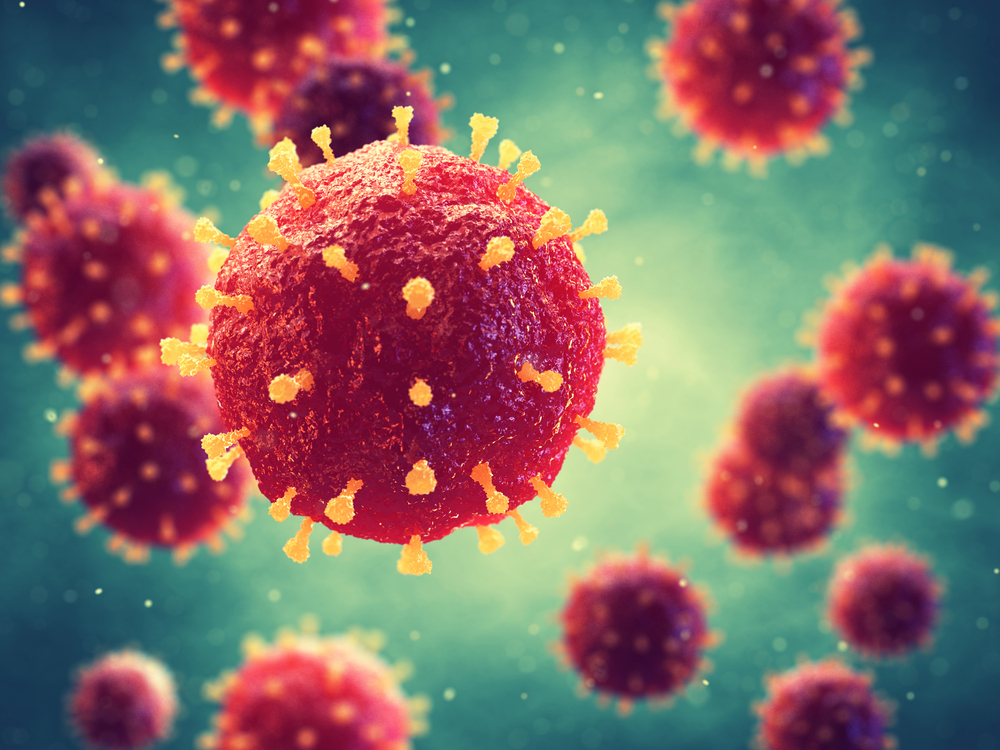Anti-NET Antibodies May Prevent Normal Degradation of Antimicrobial Traps in MPA Patients, Study Says

Some patients with microscopic polyangiitis (MPA) produce antibodies against antimicrobial traps that may partly explain why these traps are capable of withstanding normal degradation, a study says.
The study, “The presence of anti-neutrophil extracellular trap antibody in patients with microscopic polyangiitis,” was published in the journal Rheumatology.
Anti-neutrophil cytoplasmic autoantibody (ANCA) vasculitis, or AAV, is an autoimmune disease caused by the production of autoantibodies — antibodies that wrongly target and attack healthy cells — leading to blood vessel inflammation and swelling in affected tissues and organs. MPA is a form of AAV that affects mostly small blood vessels, especially those found in the kidneys.
The autoantibodies produced in AAV, called ANCAs, lead to the overactivation of neutrophils — the most common type of white blood cells, involved in the general immune response against pathogens. Overactive neutrophils release toxic substances, such as reactive oxygen species and harmful enzymes, causing blood vessel inflammation.
Previous studies have shown that activated neutrophils produce a web-like network of DNA and antimicrobial proteins called neutrophil extracellular traps (NETs). Normally, NETs capture and kill microbes, after which they are destroyed. Although NETs are an essential part of the innate immune system, they can become harmful to the host, and for this reason, their production is tightly regulated by special factors circulating in the serum.
However, when this process is perturbed and NETs are not destroyed, some of their components may be seen as threats by the immune system, triggering the production of harmful autoantibodies.
“We have hypothesized that the ANCA-NET vicious cycle is involved in the pathogenesis of ANCA-associated vasculitis, including microscopic polyangiitis (MPA). We have recently noted that anti-NET antibody (ANETA) is a factor that can promote the ANCA-NET vicious cycle,” the researchers wrote.
In this study, a team of Japanese researchers set out to assess the prevalence of ANETA in a group of MPA patients, and to investigate its relationship with NETs.
The study enrolled 19 MPA patients who provided serum samples to assess the presence of ANETA. Clinical data, including age, sex, presence of myeloperoxidase (MPO)-ANCA antibodies, and disease activity, were compared between patients who produced ANETA (ANETA-positive) and those who did not (ANETA-negative).
Serum NET production and destruction abilities were also assessed in both groups of patients. The findings were compared with values obtained from a subset of eight healthy individuals for reference.
Results showed that more than half of the patients (10 out of 19) were positive for ANETA. No significant differences were found in clinical parameters between ANETA-positive and ANETA-negative MPA patients.
Although NET production was higher and NET degradation lower in MPA patients than in controls, no significant differences were found in these abilities between patients who produced ANETA and those who did not.
Interestingly, in three serum samples from ANETA-positive patients, the serum NET degradation ability increased after researchers removed immunoglobulin G (the most common serum antibody in circulation, igG) from the serum.
“The effect of IgG depletion can be reflected by ANCA depletion. Nevertheless, it is worth considering that some ANETA can inhibit the serum NET degradation ability and drive the ANCA-NET vicious cycle,” the researchers said.
“In conclusion, we have demonstrated that ANETA is present in some MPA patients and suggested the possible inhibitory function against the serum NET degradation ability. Although further studies are needed to clarify the relationship between ANETA and the pathogenesis of MPA, ANETA is worthy of attention in order to understand the pathophysiology [mechanisms of disease] of MPA,” they wrote.






